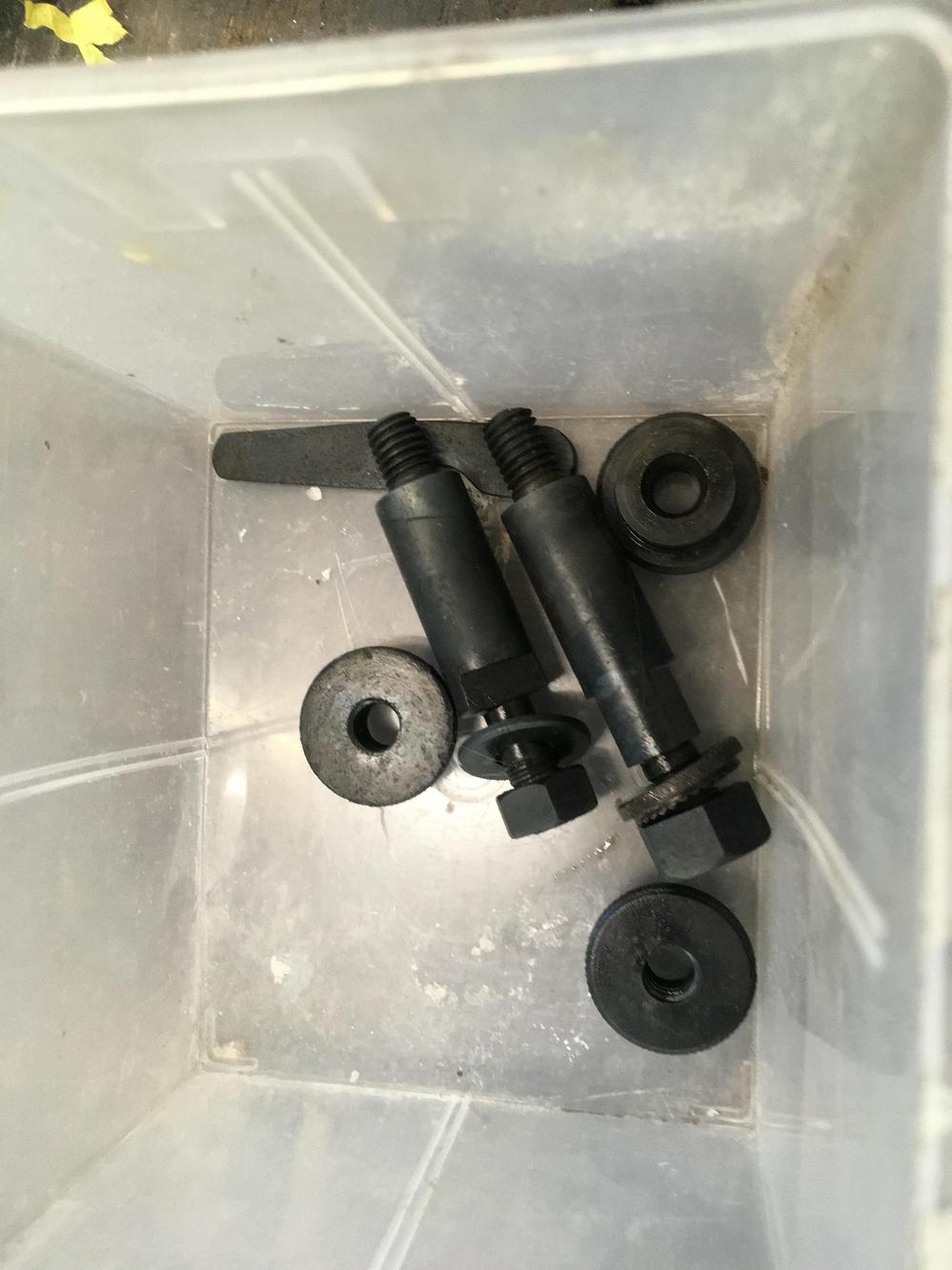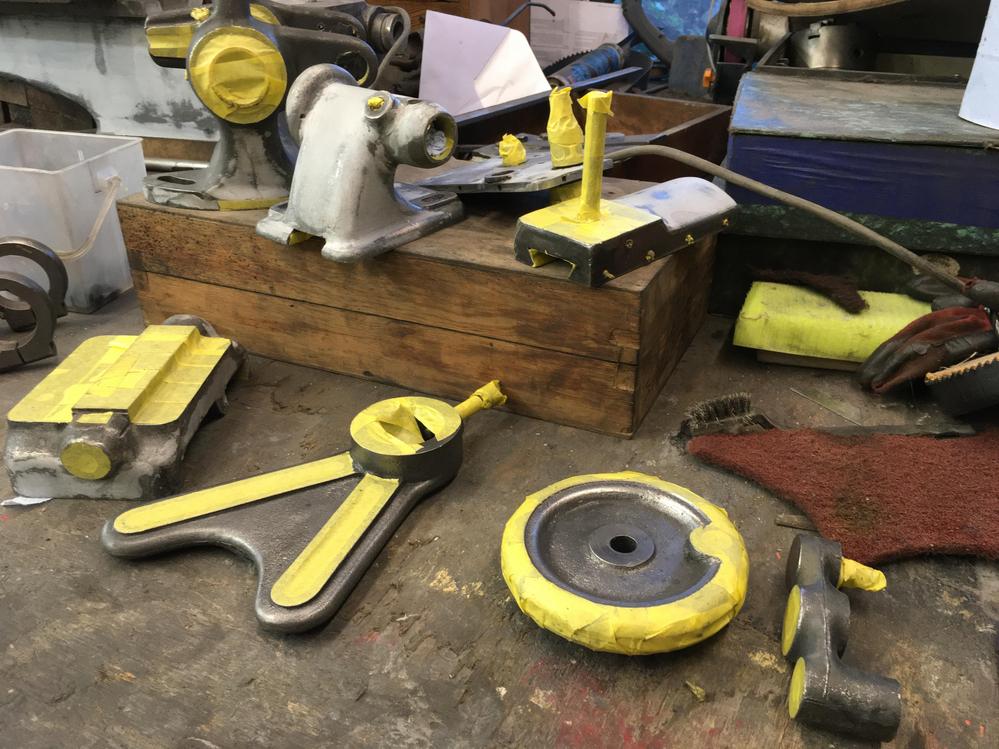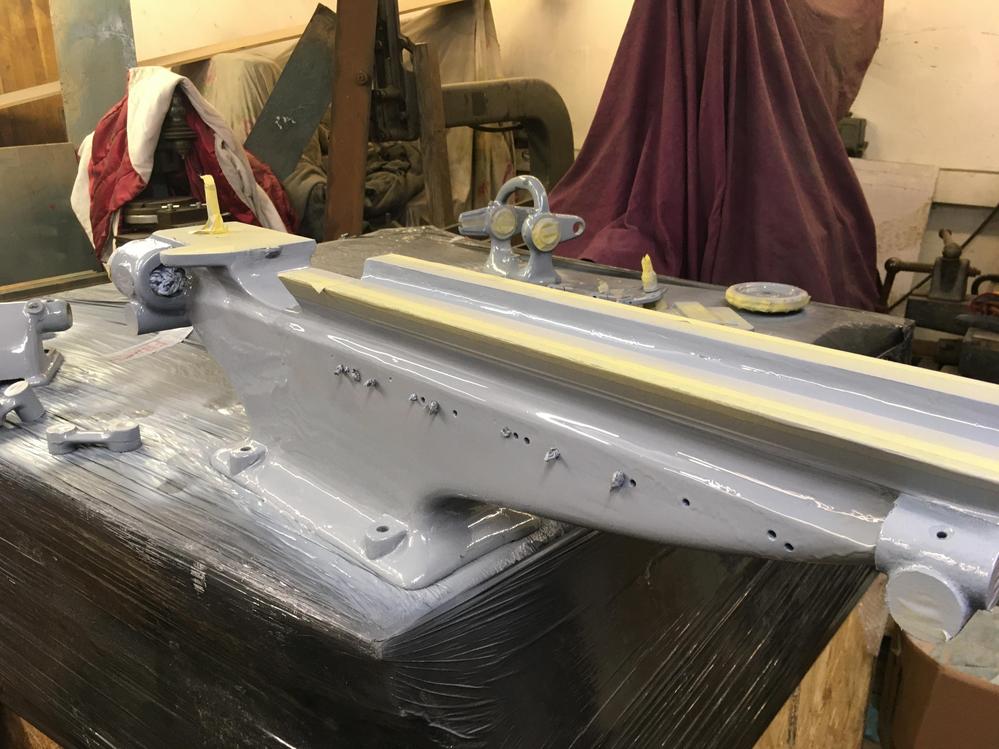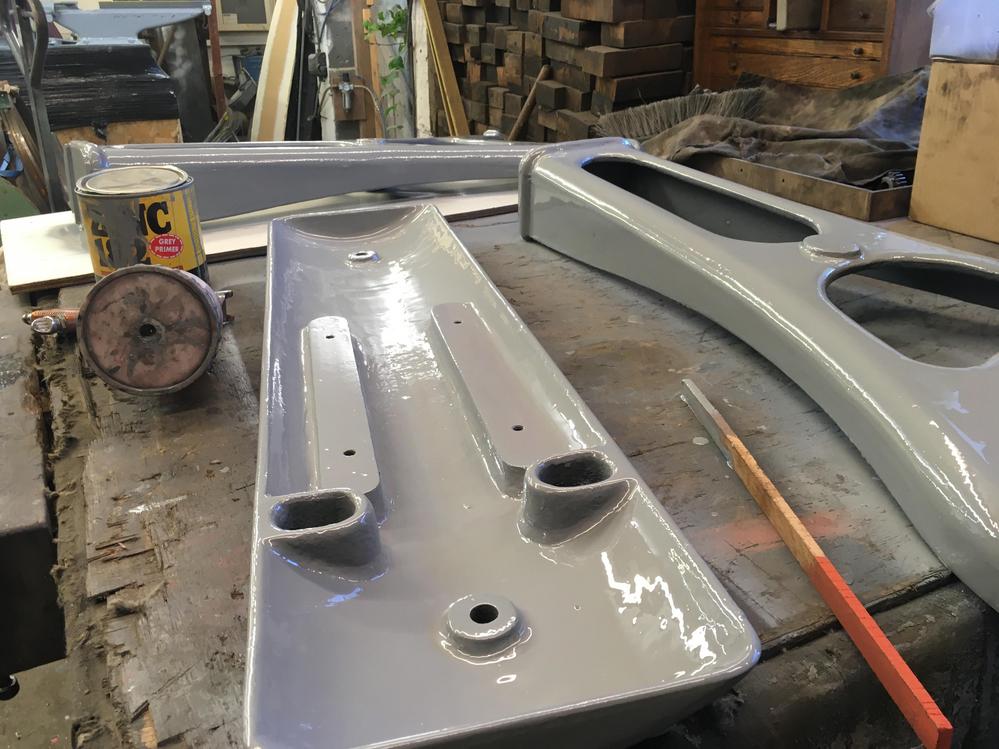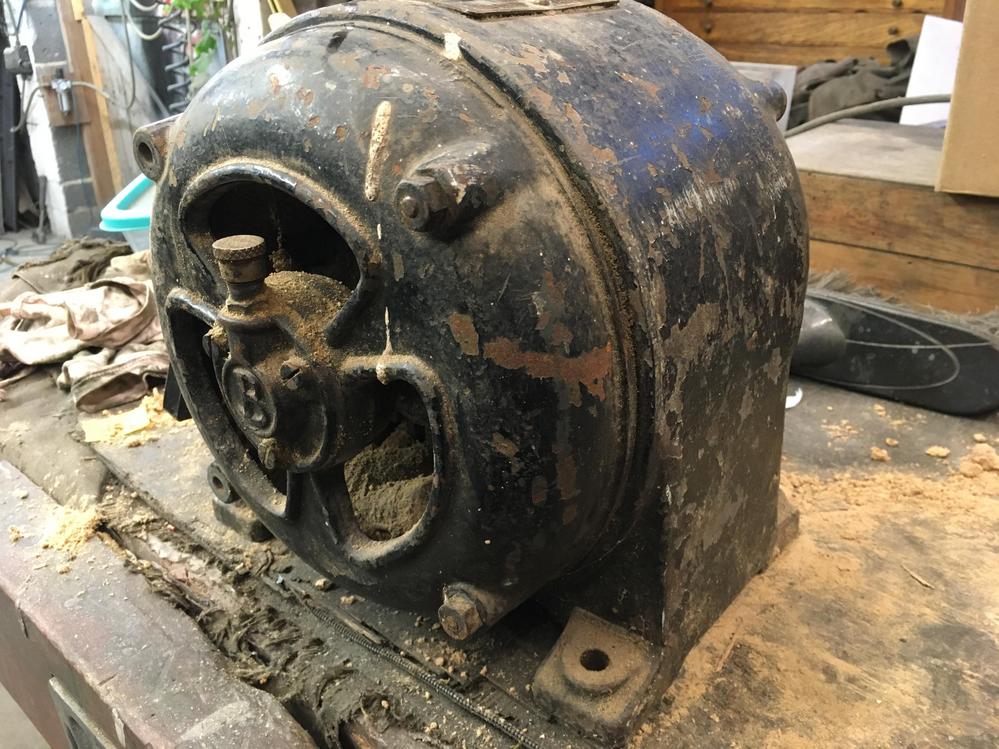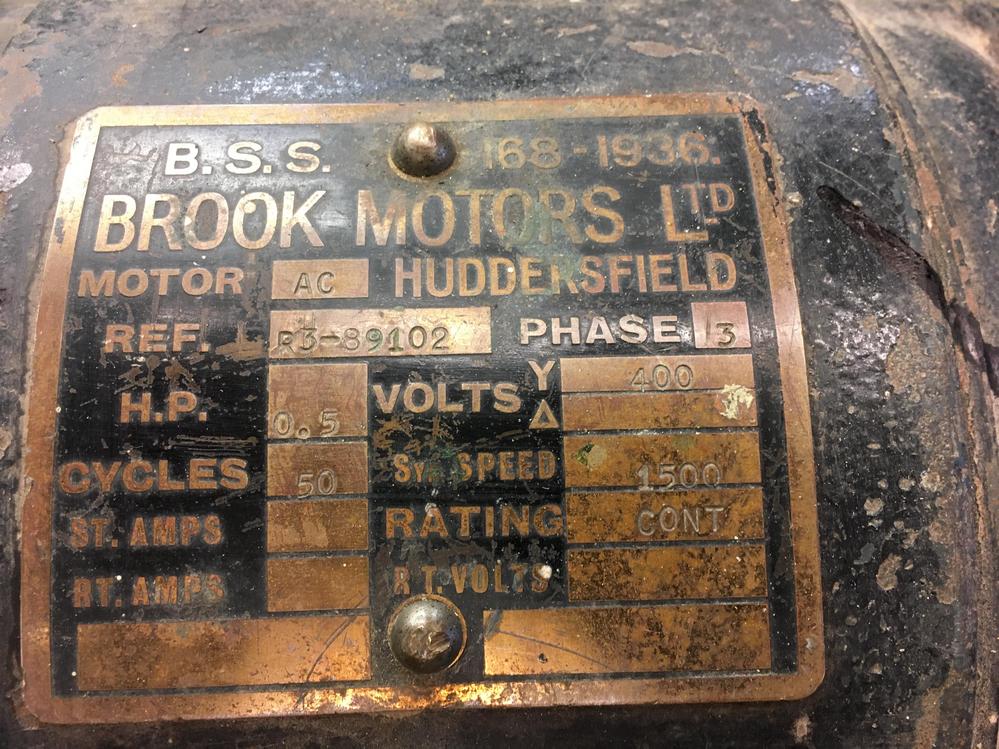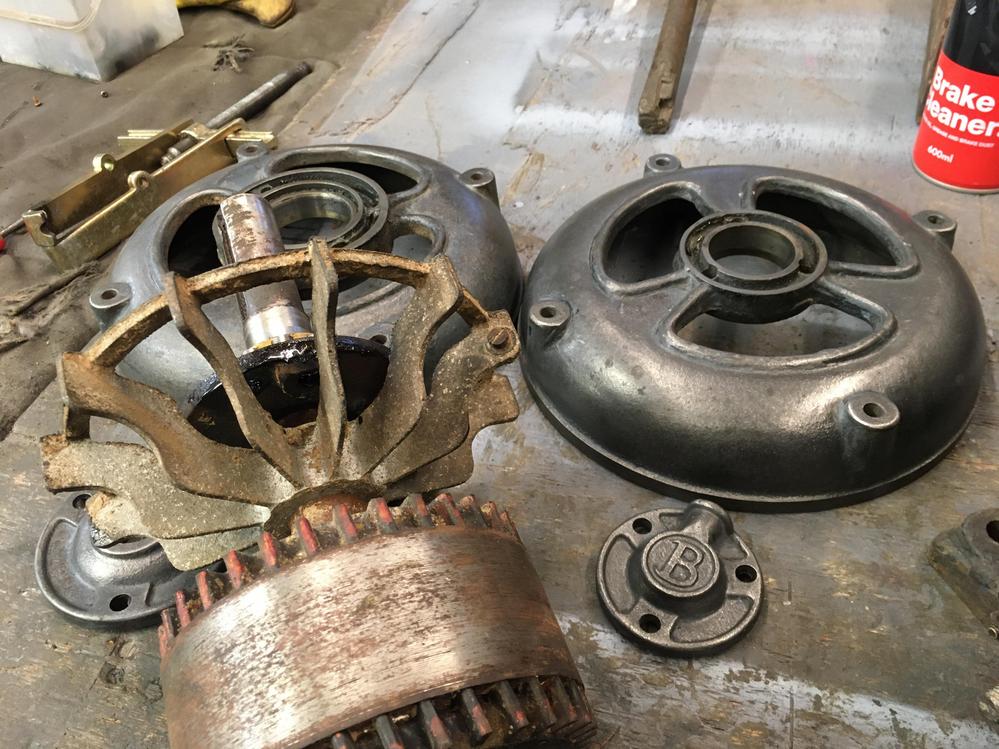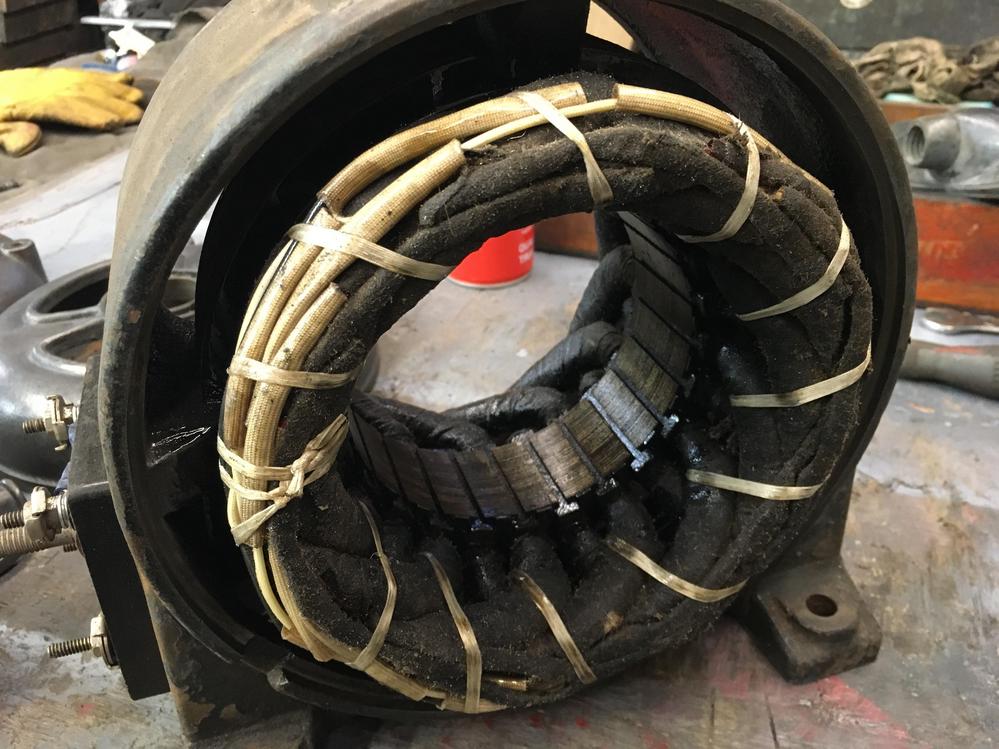Trevanion
Greatest Of All Time
Oh I get it, if you werent turning between centres. Wouldnt it be easier to do it with the cross slide
It would be used for quite long, shallow tapers. By consequence a deeper taper would be less length because it’s traversing more across the material rather than along its length so it’s easier to do those with the top slide.
If that makes any sense




